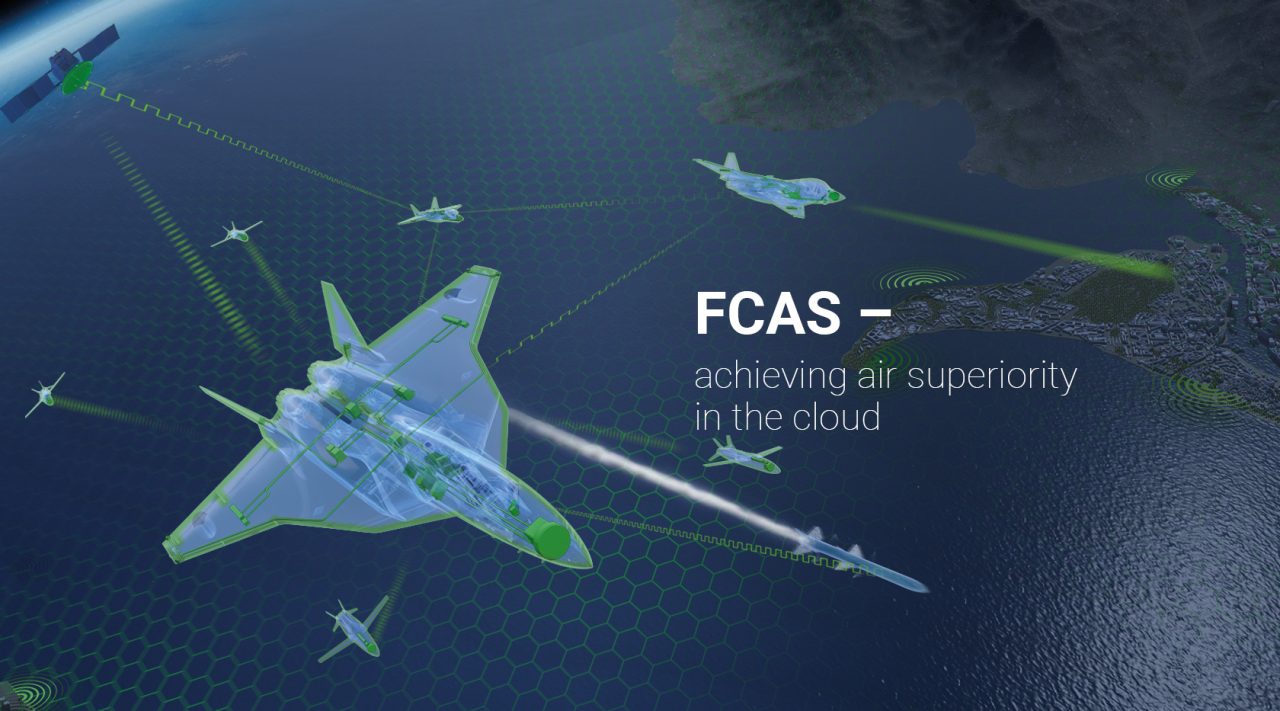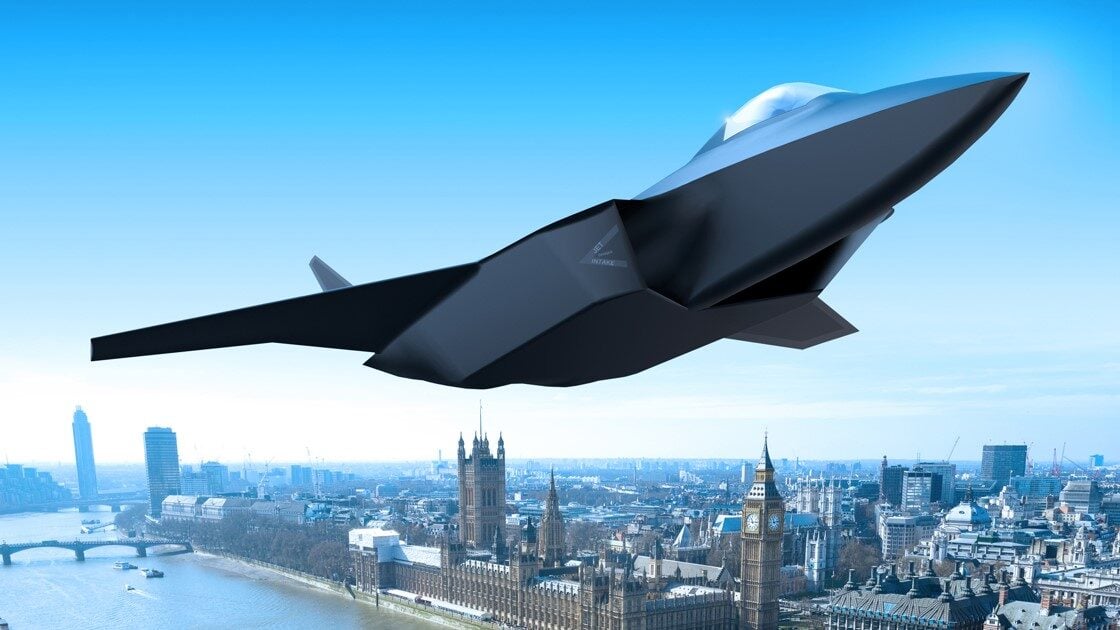Germany has set aside approximately €40 billion ($43 billion) for its next-generation fighter jet, a German-French project aimed at developing a sixth-generation platform, reported Bloomberg.
The report said that German Chancellor Olaf Scholz and French President Emmanuel Macron would discuss the German-French initiative, known as the Future Combat Air System (FCAS), when they meet on January 22 in Paris.
However, the report does not disclose which aspects of the project will be examined in depth by the two leaders. FCAS plans to produce a prototype by bringing together Dassault Aviation, the developer of the Rafale fighter, and Airbus, one of the firms behind the Eurofighter Typhoon.
Germany’s requirement that military exports be approved by parliament has complicated the FCAS project, which could prove to be an economic hindrance given that the program will need to secure worldwide defense contracts to succeed.
The Future Combat Air System is a sixth-generation aircraft project announced in 2017 by France and Germany, with Spain joining in 2019. The Next Generation Fighter (NGF), a sixth-generation fighter, will be the centerpiece of a family of air dominance systems that FCAS plans to develop.

The NGF will have a brand-new engine, new armament systems, cutting-edge stealth technology, enhanced sensors, and the capacity to communicate with unmanned aircraft. It will also be able to join an air-combat cloud network.
The aircraft is envisioned to take the place of France’s Rafales and Germany’s and Spain’s Eurofighter Typhoon aircraft. A carrier-based derivative is also being considered for employment on France’s next aircraft carrier.
Franco-German-Spanish Combat Air Program
FCAS is one of the biggest multinational European weapons programs, with a projected price of roughly $106 billion. Given the growing number of F-35 acquisitions by European nations, FCAS is aimed to provide Europeans with a high-end stealth aircraft option produced in Europe.
The NGF was scheduled to make its first flight in 2027, with manufacturing beginning in 2030 and a complete introduction in 2040. However, disagreements between the contractors regarding workload and prime contractor position delayed the project for two years.
However, Dassault Aviation and Airbus appear to have rectified these challenges. On December 16, they announced the completion of a $3.4 billion contract, allowing them to proceed with maiden demonstration flights scheduled for 2029.
The NGF isn’t the only European sixth-generation jet in development. Tempest, a rival to FCAS, is a joint project between the United Kingdom and Italy that commenced in 2015 and was formally unveiled in 2018.
The fighter was to be the core output of a more extensive British-Italian program dubbed the Future Combat Air System, but on December 9, Japan joined their sixth-generation F-X program with the Tempest, renaming the initiative the Global Combat Air Program.

France’s well-defined strategic and operational objectives for a new combat air system and Dassault’s heritage of delivering only French fighter aircraft make the NGF the most guaranteed element of FCAS.
With European missile maker MBDA as its primary partner, Airbus is the principal contractor for the drone segment, also known as the remote carrier vehicles. Thales will serve as Airbus’ primary partner in developing the combat cloud.
The term “remote carriers (RC)” was purposefully used to describe UAVs built to work in tandem with the main fighter but leaves out crucial details, like the presence of sensors and, almost certainly, weapons.
Electronic warfare is a critical component of the modern military, allowing planes, ships, and ground-based sensors to passively detect, identify, and occasionally track enemy assets that produce signals and aggressively disrupt or deny opponent sensors and communications.
UAVs are regarded as ineffective in warfighting scenarios against a peer or near-peer state due to the threat level posed by electronic warfare unless they can automatically complete their core mission set when datalinks are jammed or would otherwise reveal their location to hostile forces.
That means FCAS will be capable of automatically detecting, classifying, prioritizing, and engaging hostile aircraft and ground-based threats in accordance with pre-programmed interaction rules and objectives; otherwise, it will be too vulnerable to hostile forces equipped with pragmatic electronic warfare capabilities.
The RCs will be designed and built stealthily to retain a high level of stealth. These unmanned aircraft will have three types of sensors: one radar for air-to-air operations, one for air-to-ground missions, and one with an optronic sensor for passive detection.
It will also include an internal weapons compartment that may house electronic warfare pods or various guided munitions against air or surface targets.
- Contact the author at ashishmichel(at)gmail.com
- Follow EurAsian Times on Google News




